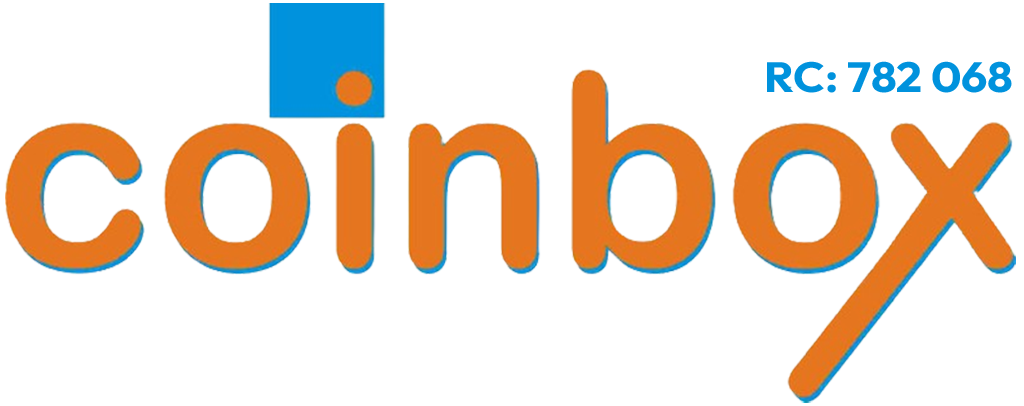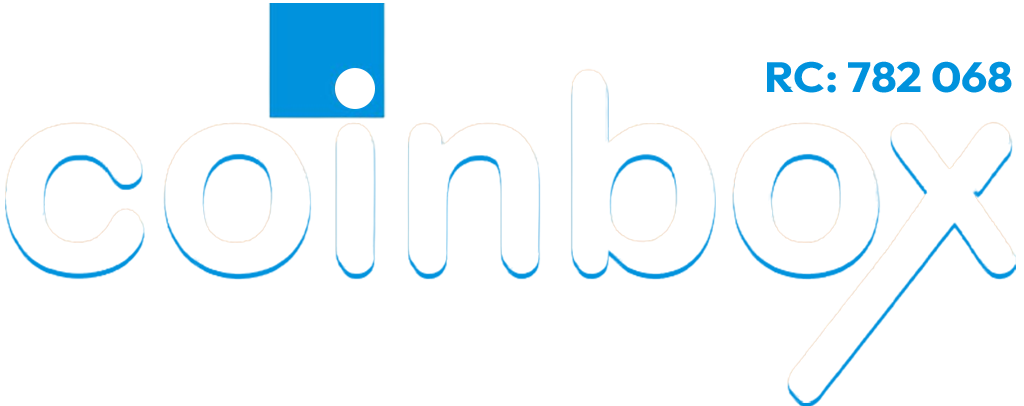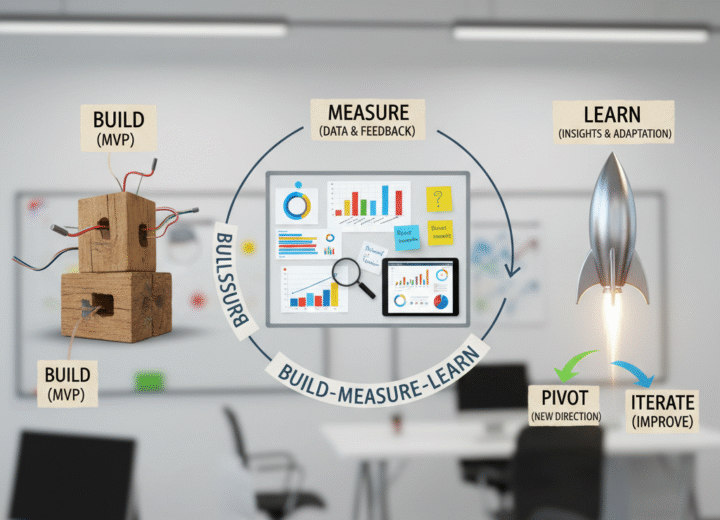This is the 5th edition in our series on business funding -why is my business not getting funding? (click here for 1st edition, 2nd edition, 3rd edition, 4th edition).
In this edition we will be talking about knowing your customer – WHO IS YOUR CUSTOMER?
Most times, we define our customer as anyone who does business with us. As true as this sounds, it is not. Until you are very clear about who your customer is then you are still living a dream in your business. If you cannot tell an investor who your customer is by specific demographics, creating an almost live person, funding will still be in the shadows.
I once met a lady who sells a native food delicacy in Nigeria called Amala (yam flour) and she said everyone that eats food is her customer. It sounds true but it’s far from it.
When defining your customer, you consider the customer lifetime value status. The customer’s lifetime value is simply how long it is considered a customer will do business with you in their lifetime.
On average, the customer lifetime value is about forty years. That is, that person that is doing business with you presently is expected to do so for at least the next 40 years.
This is how you should look at and treat every “customer/client” that comes your way – they represent 40 years of business for you and their leaving should be envisaged and prevented.
Generally, I will say that your customer is not the person that buys from you the first time, that first purchase only puts the person at the tail end of your potential customer funnel. The person is testing the waters.
A person or business or group becomes your customer after the third (3rd) purchase. The first purchase is for a myriad of reasons which includes those orchestrated by you. The second purchase is to confirm your brand promise, your reputation, your value proposition.
The third purchase which makes them your customer is a choice they made to transact with you and no other related business. This is when you can call them your customer.
If you do not clearly know your customer, no matter how long you have been in business, you are still testing the waters.
If your business is doing well without your clear customer definition, then that means you are only doing like 10% of your actual capability or you have identified your customer by default (like by location) but have not given them a physical shape; you are just dealing with a shadow representation of your customer. A business that will be around for a while and keep growing in that time can clearly tell you who their customer is.
HOW DO YOU DEFINE A CUSTOMER
A customer is usually defined across demographic lines. There are many demographics but the most used are as below.
1. Age/age range
2. Social status/social background
3. Economic status
4. Cultural background
5. Religious inclination
6. Location
7. Gender
Daystar in Lagos State, Nigeria, said their customer is that Lagos Andy or Angie. That is that young guy/lady who is upwardly mobile, living in Lagos state. A young person is considered usually less than 40/50 years old earning a reasonable income, savvy, fashionable and looking for meaning.
This is a very specific definition of a customer. What this does for your business is what buying your first car does for you. I don’t know how many of you has had that experience, but when you plan to go get that your first car, you want it to be unique, stand out, garner respect from your peers, etc. when you finally get it, you drive around and start wondering why people decided to buy the same car when you got yours. You ask how come there is so much of it everywhere?
The thing is that it had always been there, it’s just that you had not defined it clearly, now you have and gotten it, your eyes now get open to it and you now see it everywhere.
Once you define your customer, you now see them everywhere, business goes boom! You know where to find them and how to get and woo them. This is how important it is to define and know your customer.
It is when you know your customer you will know their language and can reach them and interact with them in their own language; a language they know and are comfortable with, a language they are happy doing business with you in.
Your customer definition is drawn from your business definition or model. Which can be related to your vision statement, your purpose, your SWOT, your USP, and culture.
The problem your business plans to solve, or the gap your business is to fill goes a long way in defining your customer.
To get your customer definition right you need to deploy tools like below. Note this list is not exhaustive.
1. Surveys (online and offline)
2. Focus groups.
3. Market testing
4. Prototyping/sampling
Once you can define your customer, you can define clearly too their behaviors and lifestyle as a customer and know how to reach them, when to reach them, what they want, what they define as value, what language they understand and where they are. You clearly know how much they are willing to pay for the value you provide and what you probably can do to get them to pay more.
Defining your customers helps with product design and delivery. Who is your customer?
Once you define your customer, you now must draw up a buyer persona. According to www.iide.co, Using Rolex as an example, we have the following below.
WHO IS A ROLEX CUSTOMER?
Rolex sells watches to both men and women. The company’s main market is affluent people who value quality and wish to flaunt their money by wearing a luxury watch.
ROLEX BUYER PERSONA
Below mentioned is a buyer persona of Rolex:
Name:
Rishab
Place:
Gujarat
Age:
35 years
Profession:
Businessman
Motivation
- Luxury, prestige in accessories.
- Timeless, high-quality craftsmanship.
- Status symbol, investment.
- Iconic, prestigious brands.
- Heirloom-quality desire.
Interest & Hobbies
- High-end cars, luxury.
- Business conferences, networking.
- Valuable item collecting.
- Fine dining, and cultural experiences.
- Occasional leisure travel.
Pain Points
- Business-life balance.
- Authentic luxury purchases.
- Time for personal interests.
- Perception of wealth.
- Long-term investment alignment.
The above data gives you a load of information about a Rolex customer and all the opportunities available to you in dealing with them. It helps to know your target market.
Rolex, knowing that their customers are upper class with luxury lifestyles, you don’t see them in events that are not of that nature because they must be where their customers are, and it has been working for them.
Let’s take another example using Apple Inc., makers of the I-Phone and MacBook. Taking the definition from simplilearn.com:
Apple’s target audience consists of middle-class and upper-class users who can pay higher for products that provide them with an incredible user experience. This means that these users have a higher disposable income and are willing to pay more for as high-priced products as Apple’s.
Apple knows clearly who their customers are and has designed their products around their customers’ lifestyles.
Your customer definition helps you clearly define your TARGET MARKET: a target market is a specific, defined group of customers you plan to reach with your products and services.





